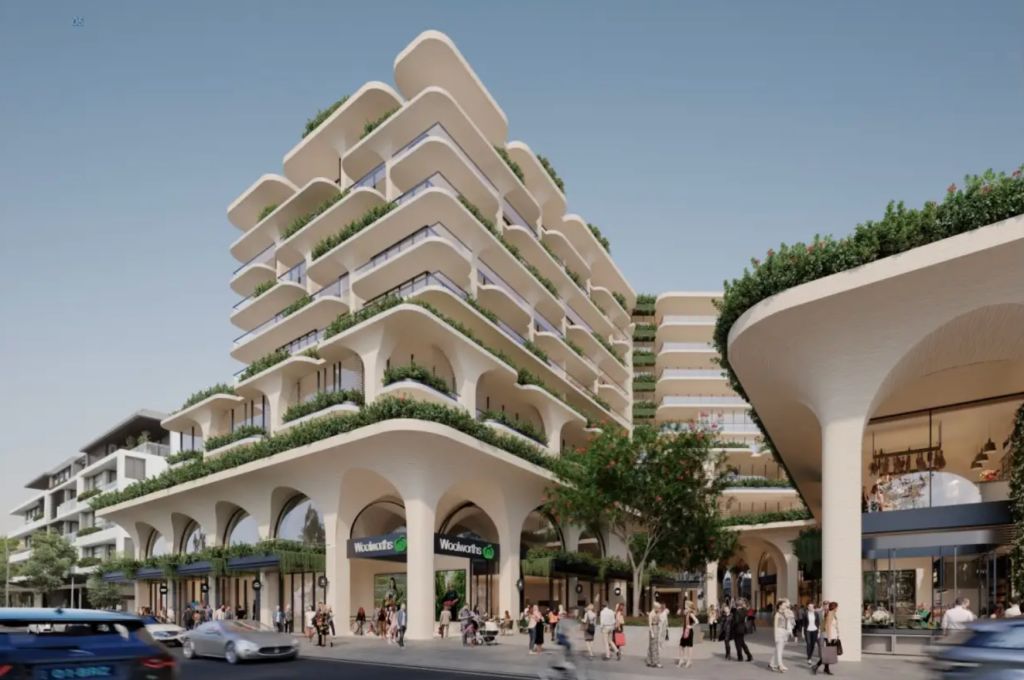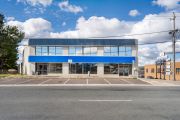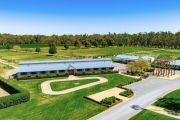
Commercial work picks up as home building retreats
A “surprising resilience” in office and retail property investment will offset much of the decline in residential construction and keep overall building output growing, the latest six-monthly forecasts from the Australian Construction Industry Forum show.
Spending by asset owners wanting to keep their assets competitive – along with a one-off boost in demand for commercial facilities in above-station rail developments, will help bring about a 2 per cent growth in output this year to $251.4 billion, the ACIF outlook shows.
“There are a number of people that are refreshing their buildings to refresh their competitiveness,” said Kerry Barwise, ACIF’s consulting economist.
“People are building offices and with retail, they’re using buildings to make sure that their activity is competitive.”
The stronger-than-expected commercial spending is a welcome change in a construction mix that also reveals a big pullback in residential building forecasts. At a minimum, the growing non-residential component offers an outlet for some residential builders that face a drying up of current work.
“We expect a lot of builders that have been working on residential buildings will be able to find themselves work on some of these non-res projects,” Mr Barwise said. “But some builders will have to make a shift.”
A $1.9 billion boost has lifted expected spending on so-called other commercial work – mixed-use retail and residential, as well as commercial projects in and around metro station projects – by almost 80 per cent to $4.2 billion this year.
Office spending is up a modest $770 million – almost 10 per cent – to $8.7 billion. Expected industrial property spending this year is also up almost 16 per cent to $8.7 billion.
Projects under consideration include the $147 million controversial redevelopment by Woolworths of its Neutral Bay store in Sydney’s north shore into a three-building development, Costco’s planned $63 million store in Ardeer in Melbourne’s western suburbs and the $60 million redevelopment of Bunnings Oxley in Brisbane’s south-west.
The projects showed that employers were responding to the needs of a living-with-COVID economy, Mr Barwise said.
“If you want to attract your employees, in addition to giving them a pay rise, you spruce up the office and make it a more sustainable, attractive place to work,” he said.
“[In retail] it’s not just about a big daggy warehouse we’re turning into a shop floor. They’re refreshing the mix. They want to improve the experience to give you a reason to go to the shop above and beyond what you can get on the internet.”
Even so, the level of spending was a surprise, Mr Barwise said.
“We had feared that the increase in interest rates we felt was sure to come would have an impact on demand in those sectors.
“We’re seeing the sectors grew more strongly than we had expected last year and we’re seeing there’s still strong approvals coming through for people to build an office and even in sectors like retail – things like large format stores.”
Changes in the peak forecasts reveal big changes because of a pullback in residential forecasts.
ACIF’s expected total construction output this year is well down on the $256.6 billion worth it predicted in May, after it stripped out about $5.9 billion worth of apartment construction expected based on building approvals data, but which has not started.
This was because falling residential prices were prompting developers to shelve apartment projects that could take between two and three years to complete, to prevent themselves being caught out by rising costs and sinking dwelling values, Mr Barwise said.
“New work is just not coming into the pipeline,” he said. “The housing market is basically undermining the case for new work.”
A spike of new dwelling approvals in 2021 that lasted into this year prompted expectations of a pick-up in new developments of apartments and while some projects had started, much of the expected work had not.
“We’re not going to see a surge or uplift in the amount of work they’re doing next year. We’ve taken that uplift out. It was a pretty substantial uplift,” Mr Barwise said.
The commercial spending boost – which includes increased expenditure on facilities such as entertainment and recreation venues – is further reinforced by a forecast boost in spending on road infrastructure, even as mining infrastructure spending forecasts have fallen.
“The non-residential business is less than half the size of residential building, but the growth in the non-residential building … the word that comes to mind is ‘surprising resilience’,” Mr Barwise said.











